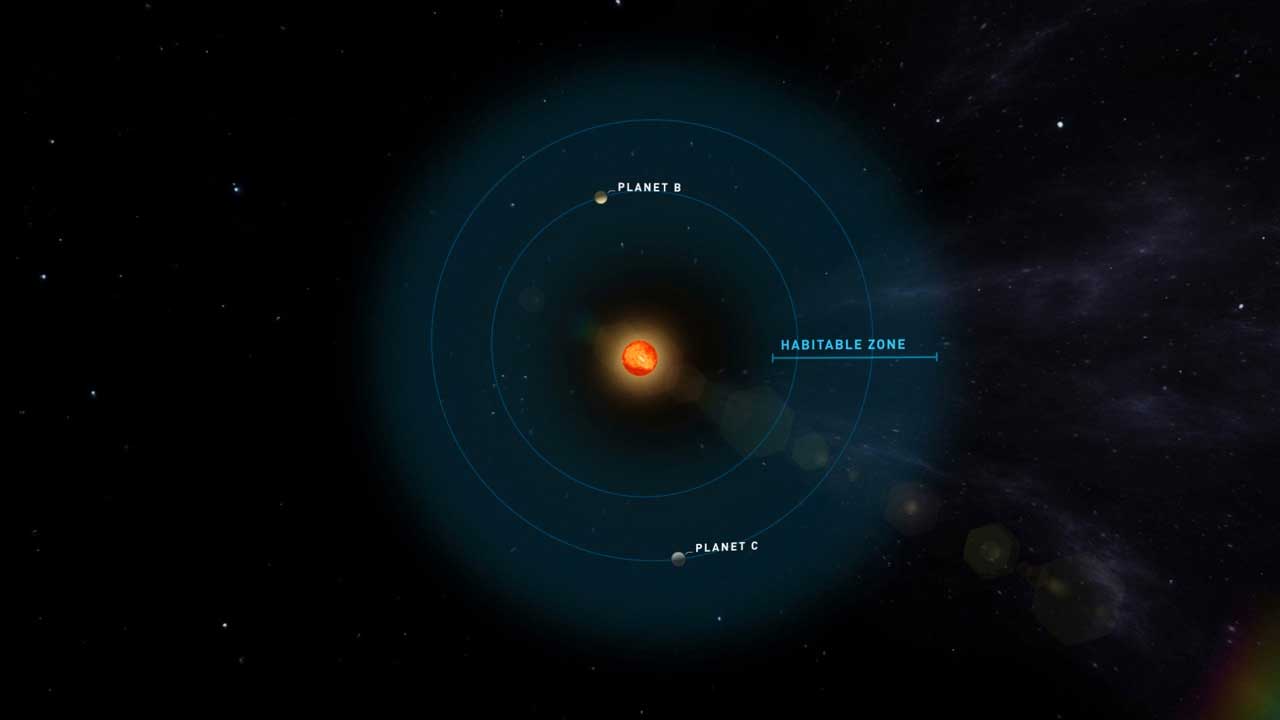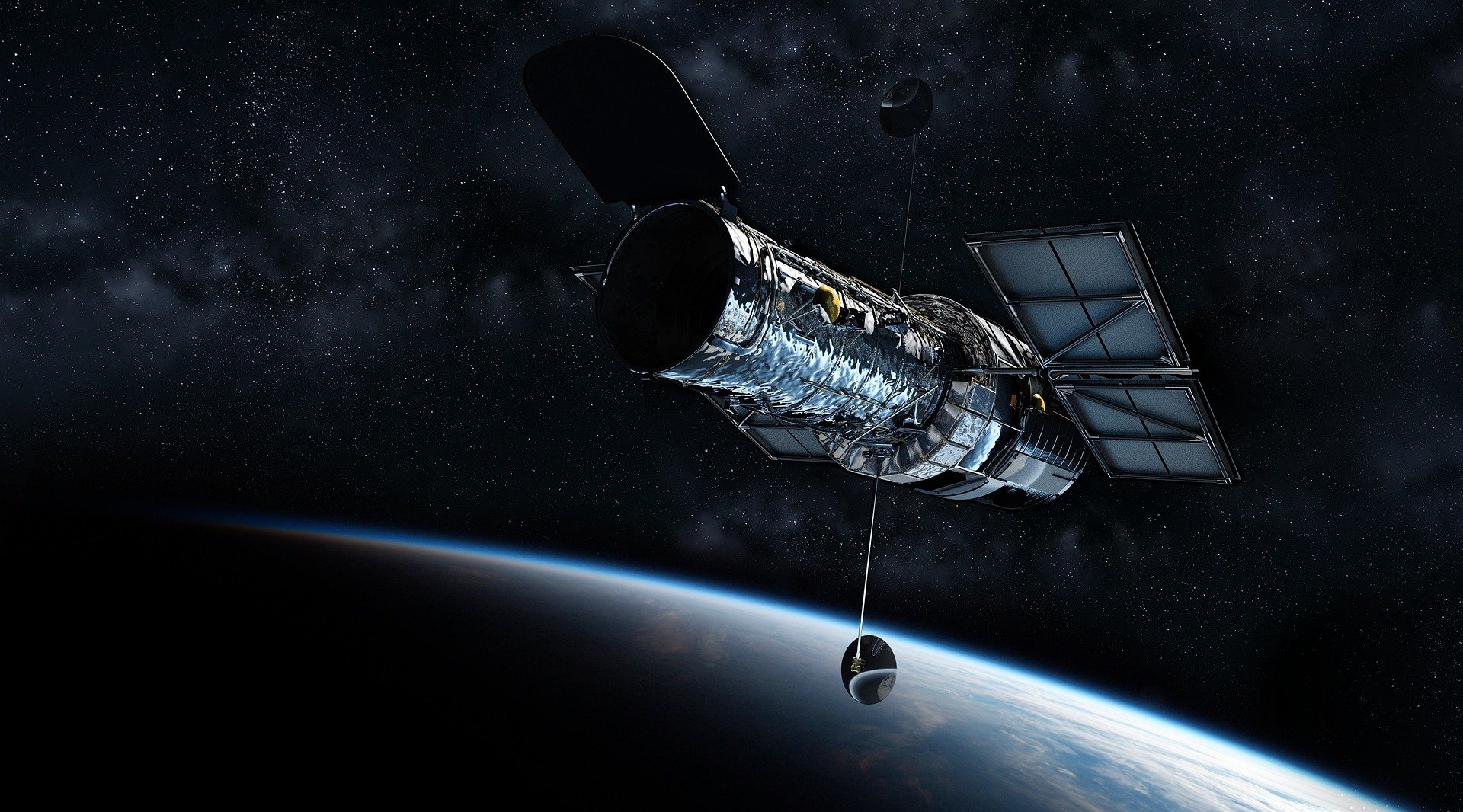© 2000-2023 - Enkey Magazine - All rights reserved
ENKEY SNC - VAT ID IT03202450924 / REA Code CA253701 - Phone. 078162719
The consortium CARMENES discovered two new extrasolar planets which orbit around the star of Teegarden. To the study attended even the Department of Physic of the University of Rome “Tor Vergata“.
The two planets have a mass similar to the terrestrial one and a temperature compatible with the existence of liquid water on the surface.
The Teegarden’s study saw a partecipation which includes, between the others, the Univesity of Göttingen, the Institute of Astrophysic of the Andalusia, the Institute of the Space Science of the Catalogna.
The research called “CARMENES search for exoplanets around M dwarfs. Two temperate Earth-mass planet candidates around Teegarden’s Star” received its space in the international magazine Astronomy & Astrophysics.
The Star of Teegarden
The Star of Teegarden is one of the smallest known red dwarf and it is between the closest ones to our solar system. It’s infact only 12,5 light years away from us. It’s a small star in the constellation of Aries, which is invisible at the naked eye because it’s not too lighting.

It’s been discovered in the 2003 caused by its own extremely high motion. This means that, while all the other stars seem always steady as the time goes by, the Star of Teegarden moved on the stars maps.
A red dwarf star, though, isn’t equal to the Sun. Teegarden, infact, has a temperature of “only” 2660 °C compared with the 5500 °C of our reference star, the Sun, with a brightness 1500 times lower.
A planet, which can give livability’s conditions similar to the terrestrial ones, should be much more closer to Teegarden than what the Earth is to the Sun.
The planetary system
It’s thanks to the measurement of the Doppler effect of the light emits from the star, made in three years, that did those discoveries. The presence of some planets around a star, infact, affect the orbit, creating periodic approaches or distancing.
The fact that Teegarden is a small star, makes it much more sensible to those disturbance, which were really detected by terrestrial observations.
An example of the Doppler effect is the sound of the ambulance siren that changes of intensity when it gets closer of further. Infact, even the light changes its frequency when the source that emits it moves.
The measurements of those frequency’s variations and the following calculations had so detected the existence of 2 planets (Teegarden B and C) both of them with a mass similar to the Earth. The two planets orbit around their star respectively in 4,9 and 11,4 days. It’s interesting the fact that, on about 4000 extrasolar planets discovered, Teegarden B is the one more similar to the Earth.
Future projects besides to Teegarden
The closeness of Teegarden and its planetary system to us, makes them ideal targets for the future missions of the space telescopes of new generation. Those telescopes will be infact used to observations for the research of life beyond the solar system.

In a more remote future, would be possible to assume to send probes toward the Teegarden system, for example focused on solar sails. Surely, this kind of travel will take many decades, and for now there aren’t the technology to realize and especially to control a such remote probe.
The importance to find liquid water
Are always may the expeditions to research other planets where there is the water in liquid state, recently besides the project Teegarden there was the program Ocean Worlds. The water is infact considered the basic of the conditions for the life development as we know it on a planet.
But it must be even in the right physical state, not all frozen and not all evaporated. The planet’s temperature, so, must be perfect. Even its mass must be the right one to keep on the surface, thanks to the gravity, the right quantity. In the 2015, for example, has been detected the planetary system of Trappist-1, which planets, though, have “too much” water in the atmosphere to support the life.
This post is also available in:
 Italiano
Italiano

